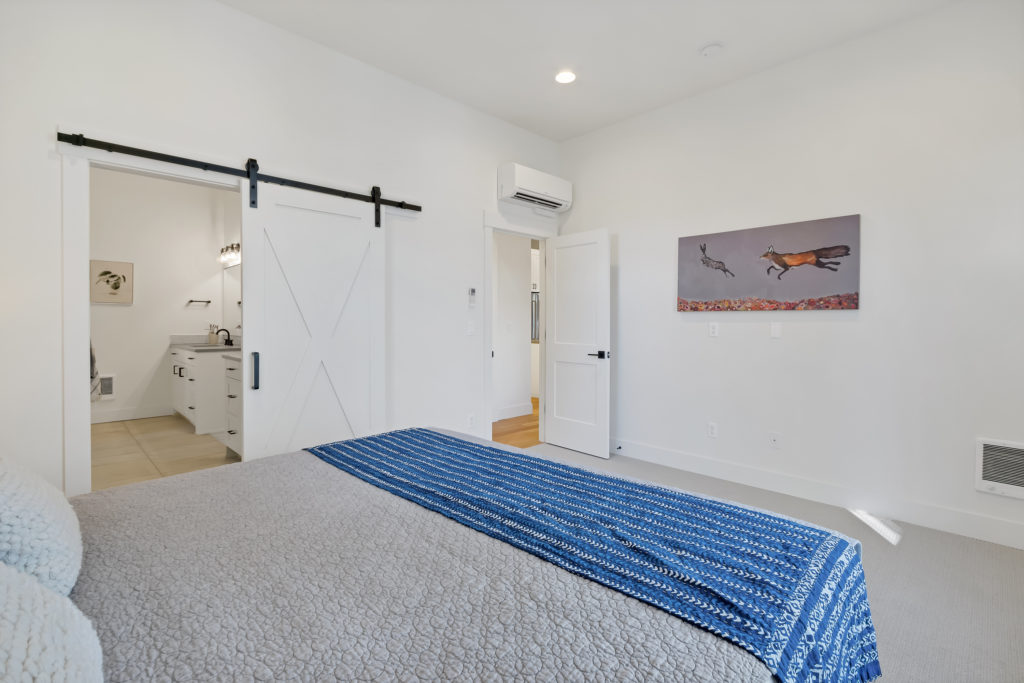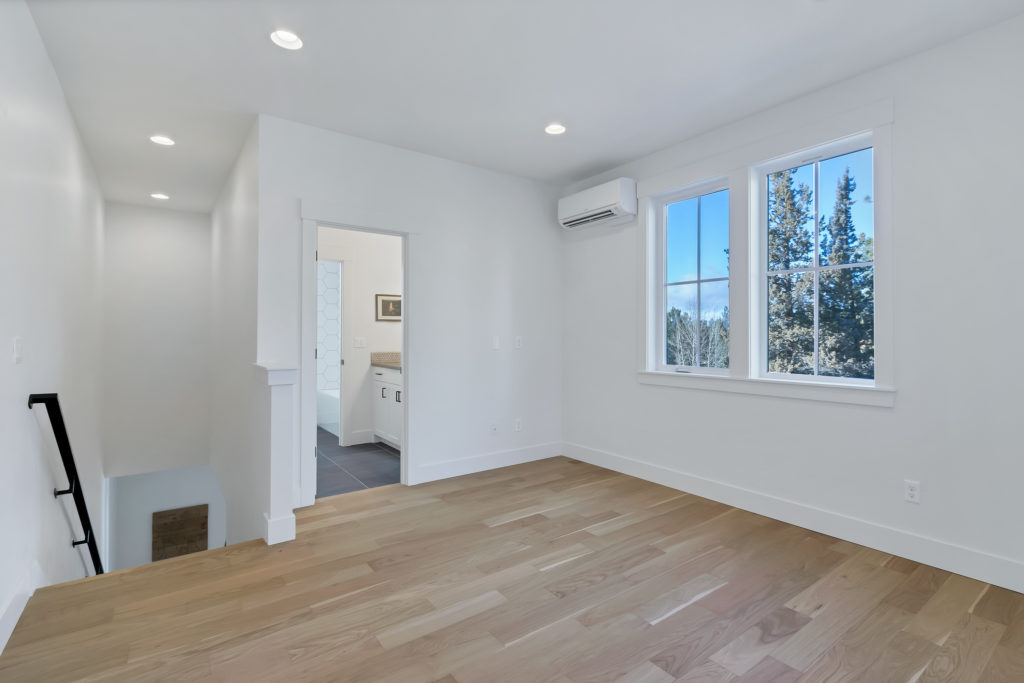As we turn the corner into spring, warmer temperatures and increased sunshine mean more time outside catching rays, hiking, or having a barbecue with loved ones. With rising temperatures, however, also come uncomfortably warm homes that cost valuable money and energy to cool. To address this, many homeowners are turning to a small, yet powerful solution: the mini-split.
A Brief History of the Mini-Split
Mini-splits were first invented in Japan in the late 1950s. After the end of World War II, U.S manufacturers were excited to introduce air conditioning units to the Japanese market, however, their bulky size and loud droning noise were found to be a poor match for the characteristically small, thin walled Japanese home. This led to the development of the mini-split by Japanese manufacturer Mitsubishi, introducing a ductless heating and cooling system that quickly spread across Europe and other parts of the world, finally gaining popularity in the U.S. in more recent decades.
These days, mini-splits are quickly becoming a mainstay in American homes, in efforts to conserve both costs and energy usage. Named for its split system design, consisting of an indoor air handling unit connected to an outdoor air condenser, mini-splits are a ductless system capable of heating or cooling a single room at a time. This allows for more advanced temperature control, as systems can be left off in unoccupied rooms. Multiple indoor units can be linked to a single outdoor condenser, making it possible to heat and cool an entire house as well as customize the temperature settings for specific rooms.

A Difference You Can See (and Feel)
Known to be considerably more efficient and cost-effective than standard air conditioners, mini-splits conserve energy primarily through use of inverter technology and a variable-speed compressor, enabling them to use less energy to do more work. The variable speed compressor also matches airflow to temperature, working like a dimmer on a light to only use as much energy as it needs. This efficiency helps drastically decrease the cost it takes to heat and cool your home.
Curtis Homes is excited to incorporate mini-split systems into several of our new homes, and homeowners have noticed a significant decrease in energy costs and expenditure. Besides being more efficient and cost-effective than a typical air conditioning systems, mini-splits also run much more quietly, utilize less space, and are highly reliable. While they are increasingly becoming a key feature in modern homes, they can also be a valuable addition to spaces such as older homes, garages, basements, and attics that lack the capacity to install duct systems. Whether you are building a new home or seeking to add comfort and efficiency to your older home, a mini-split system could be the solution for you!





Love the informative information about the mini split!
Thanks, Parker! Glad you enjoyed! -Hope
Great info on mini-splits. I never knew such an innovation had a deep history beginning in Japan.